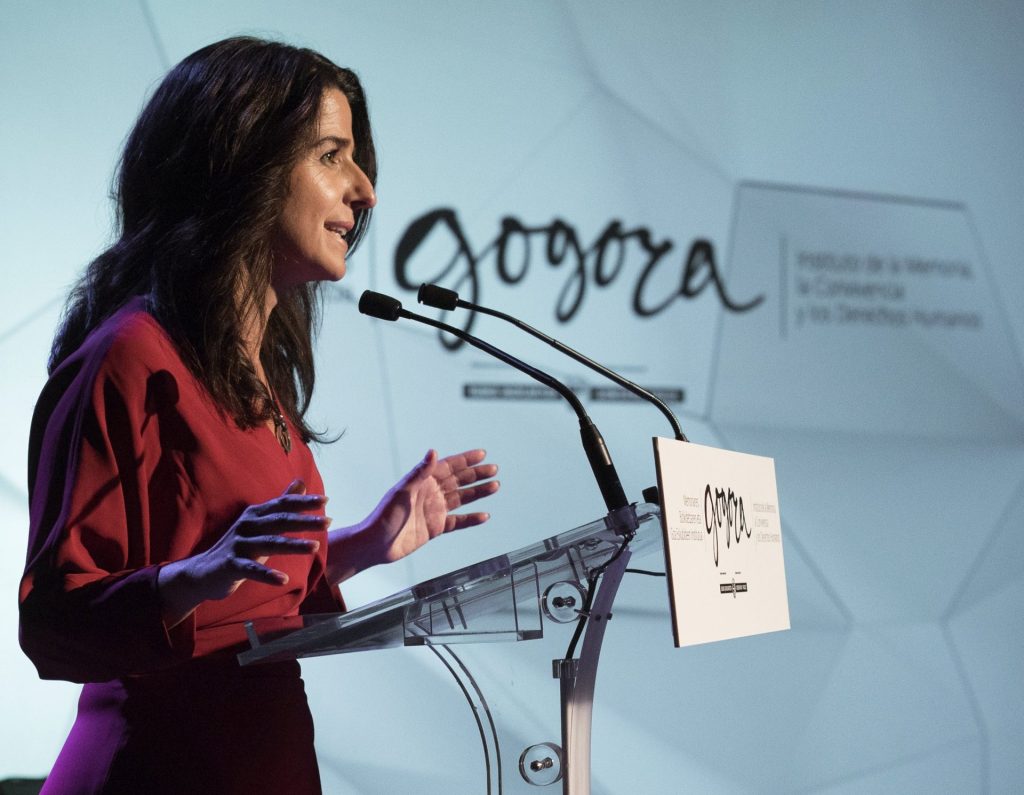Vitoria (EFE).- The victims of terrorism have given their testimony before 30,600 Basque students in the last decade, without anyone, not a single parent or teacher, giving a negative opinion.
This was explained by Aintzane Ezenarro, director of the Institute of Memory-Gogora of the Basque Government.
Ezenarro has taken part in a conference on “Memory and Prevention of Terrorism”, held at the Memorial Center for the Victims of Terrorism, in Vitoria.
The director of Gogora has assured that the intention of the Basque Government is to reinforce this policy of testimonies from the victims, which is carried out through the Adi-adian program, launched in 2013.
In this decade, a total of 30,600 students from 60 educational centers -a third, public- have heard 550 testimonies from victims.
To these are added more than a hundred sessions at the three Basque universities, most at the UPV.
More than 50 victims have given their testimony
The talks have been given by more than 50 victims, a number that is increasing.
In the last two years, the Basque Government has prepared five teaching units with as many videos, one per decade, in which in twenty minutes they tell the story and the effects of terrorism.
The assessment of these last two years is also “100% successful”, he stressed.
The director of Gogora has insisted that this program will be reinforced with more testimonies from the victims in the classroom and on videos, because “the direct testimony of a victim is the best way to show the nonsense of violence, the best antidote for non-repetition”.

Aintzane Ezenarro, director of Gogora. EFE/Miguel Toña
“There is no one who, after listening to a victim, has a relativistic discourse on violence,” he added.
“Can you do more? yes, and we are going to do more. I am convinced that in a few years this will be a general exercise ”in the classroom, she has underlined her.
Taking care of the victims and having the teachers, the keys
Before an audience of teachers, Ezenarro pointed out that the key to success is the participation of the teaching staff, counting on and seeking consensus with the educational community because “it is easier to make didactic units than to put them into practice”.
Also here the assessment of the teaching staff is one hundred percent positive.
Ezenarro has invited the teachers to work on the issue before the victim exposes her testimony, for example, putting on a film or reading the universal declaration of Human Rights.
The other key to the program is to “take good care of the participating victims”: for example, accompanying them from home and ensuring that their testimony does not cost them financially. EFE






